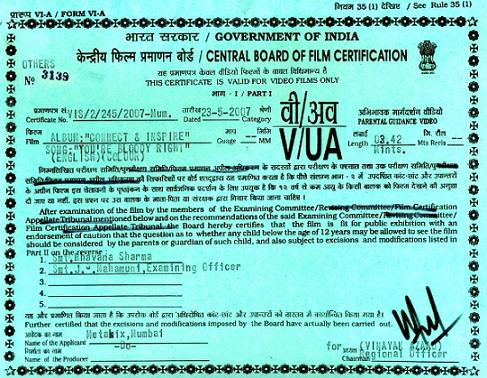he film opens with a Malla Yudha (wrestling) scene. A great wrestler comes to the city and nobody could take his challenge and the whole country of Virata gets ashamed. At that time Bhima the cook comes and challenges him resulting in a royal wrestling match, one of the finest on stage, and Bhima defeats the Malla. Once Panchali was plucking flowers for making garlands. Keechaka, the queen's brother, sees her and addresses her with a request to be his love. She refuses. Then Keechaka approaches the queen and requests a favour.
He says he wants the company of Panchali, the dasi. The queen is annoyed but considering the strength and status of Keechaka she tells him that she will send her to Keechaka's room.
कीचक वधम्
Keechaka Vadham
Details
Mis Spell Name
- Keechak Vadh
Genre
- Mythological
Production House
- Indian Film Company
Producer
- R. Nataraja Mudaliar
Director
- R. Nataraja Mudaliar
Composer
- -
Censor Date
- 15/01/1917
Censor Year
- 1917
Released date
- 24/01/1917
Released Year
- 1917
Censor Board Details (Central Board of Film Certification)

Certificate No :
Certificate Date :
- 15/01/1917
Office :
- Madras
Guage :
- -
Length :
- 6000 Feet 2000 Meters
Duration :
- 77 Minutes
Reels :
- 7
Color :
- Black & White
Native Language :
- Silent
Dubbed Languages:
- Silent
- Actor : Raja Mudaliar , Jeevarathnam , R. Nataraja Mudaliar
- Story : R. Nataraja Mudaliar
- Cinematography- Camera Man : R. Nataraja Mudaliar
- Screenwriter- screenplay : R. Nataraja Mudaliar
- Writer : R. Nataraja Mudaliar
- Director : R. Nataraja Mudaliar
- Producer : R. Nataraja Mudaliar
Mudaliar as Keechaka and Jeevarathnam as the female lead. Keechaka Vadham was the first silent film made in South India. The film was shot in five weeks in 1917 at Nataraja Mudaliar's studio, India Film Company. Despite being a silent film, the cast was filled with Tamil people, hence it was also considered the first Tamil film. The film was released in January 1918 and received critical acclaim and went on to become a commercially successful venture. Because no print of the film is known to survive, this makes it a lost film.


